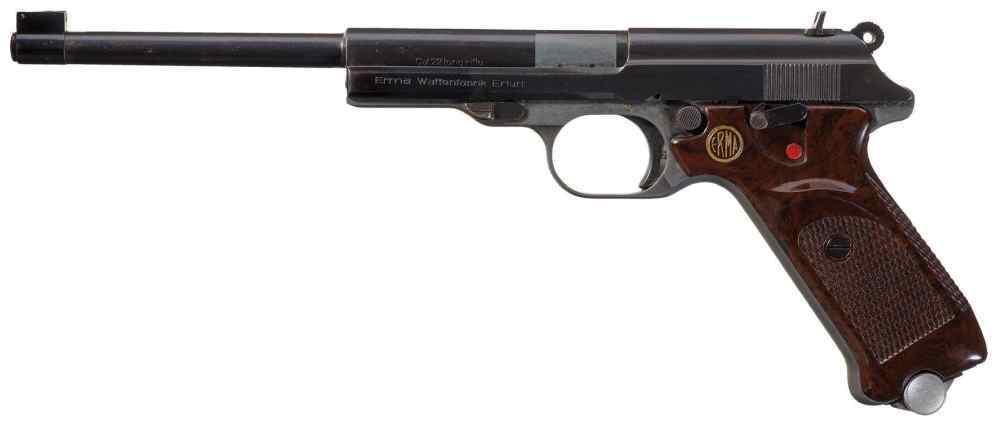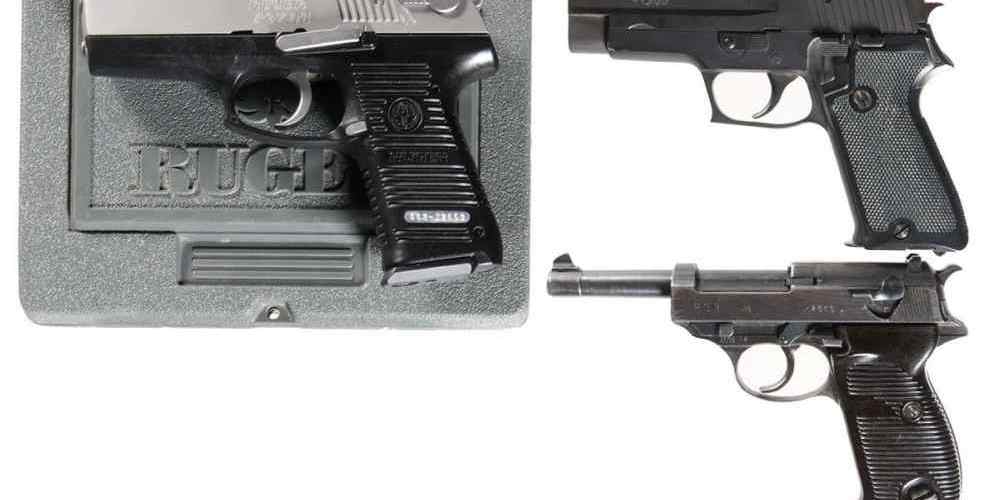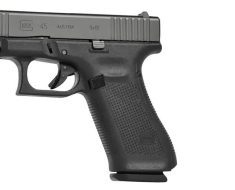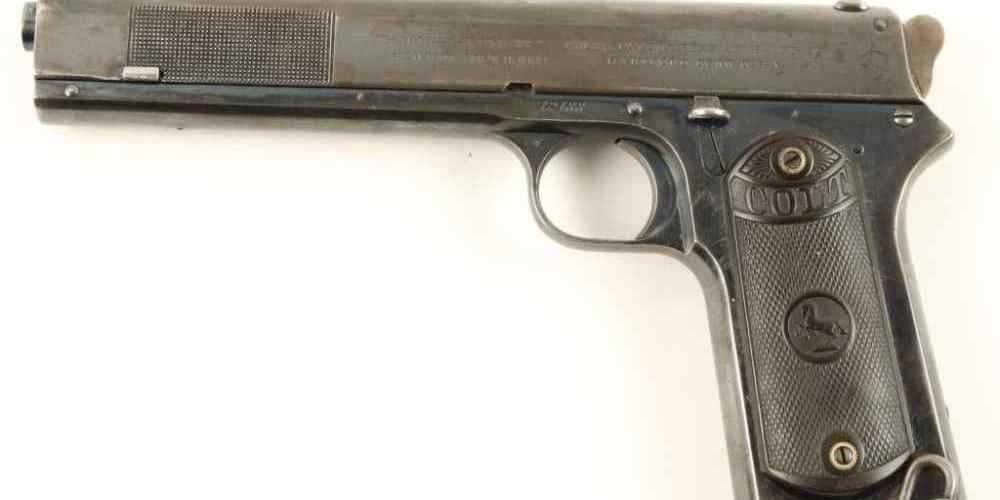“Magazine disconnects: a safety feature or unnecessary hindrance?”
Pros and Cons of Magazine Disconnects in Semi-Auto Pistols
Magazine disconnects in semi-automatic pistols have been a topic of debate among gun enthusiasts for quite some time. Some argue that they are a valuable safety feature, while others believe they are unnecessary and can even be a hindrance in certain situations. In this article, we will explore the pros and cons of magazine disconnects in semi-auto pistols to help you make an informed decision on whether or not to include this feature in your firearm.
Let’s start with the pros of magazine disconnects. One of the main arguments in favor of this feature is safety. Magazine disconnects prevent a firearm from firing when the magazine is removed, which can be crucial in situations where a gun may be taken from an owner or in cases of accidental discharge. This added layer of safety can give gun owners peace of mind knowing that their firearm will not fire without the magazine in place.
Another benefit of magazine disconnects is that they can help prevent unintentional shootings, especially in households with children. By requiring the magazine to be inserted for the gun to fire, this feature adds an extra level of security for gun owners who may have young children in the home. This can help reduce the risk of accidents and keep everyone in the household safe.
On the other hand, there are also some cons to consider when it comes to magazine disconnects. One of the main arguments against this feature is that it can be a hindrance in self-defense situations. In a high-stress scenario where every second counts, having to fumble with a magazine to get the gun to fire could be a potentially life-threatening delay. This has led some gun owners to argue that magazine disconnects are unnecessary and can actually put them at a disadvantage in certain situations.
Additionally, some gun enthusiasts believe that magazine disconnects can be unreliable and prone to malfunction. If the disconnect fails to work properly, it could result in a firearm that fires even without the magazine inserted, which defeats the purpose of having this safety feature in the first place. This has led some to question the effectiveness of magazine disconnects and whether they are truly worth the potential risks.
In conclusion, the debate over magazine disconnects in semi-auto pistols is a complex one with valid arguments on both sides. While this feature can provide an added layer of safety and security for gun owners, it can also be a hindrance in self-defense situations and may be prone to malfunction. Ultimately, the decision to include a magazine disconnect in your firearm comes down to personal preference and weighing the pros and cons of this feature. It is important to carefully consider your own needs and priorities when deciding whether or not to incorporate a magazine disconnect in your semi-automatic pistol.
Legal Implications of Magazine Disconnects in Firearms
Magazine disconnects in semi-automatic pistols have been a topic of debate among gun owners and enthusiasts for quite some time. Some argue that magazine disconnects are a necessary safety feature that prevents accidental discharges, while others believe that they are unnecessary and can actually hinder the functionality of the firearm. In this article, we will explore the legal implications of magazine disconnects in firearms and discuss the arguments for and against their use.
One of the main arguments in favor of magazine disconnects is that they can prevent accidental discharges when the magazine is removed from the firearm. This means that even if a round is chambered, the gun will not fire without the magazine in place. This can be especially important in situations where a gun is being handled by someone who is not familiar with firearms or in situations where a gun may be dropped or mishandled.
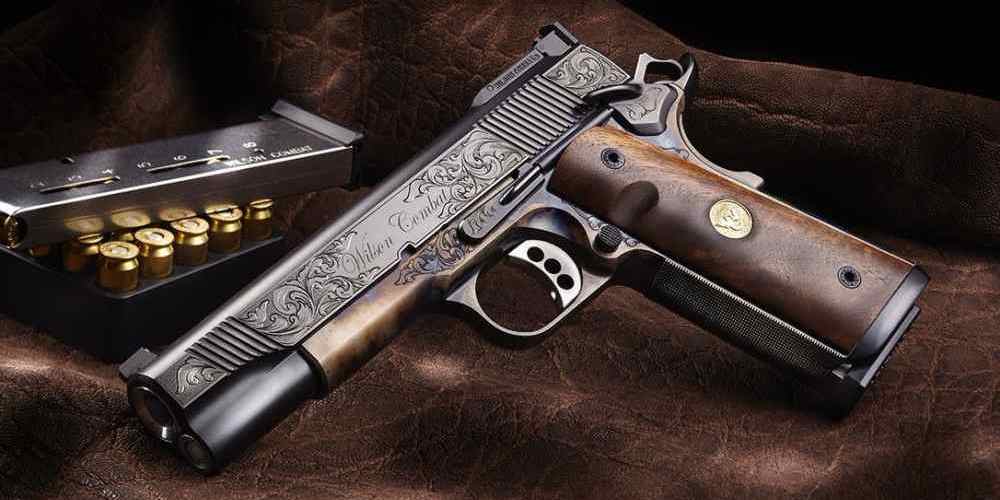
On the other hand, opponents of magazine disconnects argue that they can actually make a firearm less safe by adding an extra step to the firing process. In a high-stress situation, such as a self-defense scenario, having to remember to reinsert the magazine before firing could potentially cost someone their life. Additionally, some argue that magazine disconnects can be easily bypassed by someone with knowledge of firearms, making them ineffective as a safety feature.
From a legal standpoint, the use of magazine disconnects in firearms is a complex issue. In some states, magazine disconnects are required by law for certain types of firearms. For example, California law mandates that all new semi-automatic handguns sold in the state must have a magazine disconnect. Failure to comply with this law can result in fines or even criminal charges.
However, in other states, magazine disconnects are not required by law and are left up to the discretion of the firearm manufacturer. This can create a confusing legal landscape for gun owners, as the legality of magazine disconnects can vary depending on where they live.
In addition to state laws, the use of magazine disconnects in firearms can also have legal implications in civil cases. If someone is injured or killed as a result of a firearm malfunction, the presence or absence of a magazine disconnect could play a role in determining liability. For example, if a gun accidentally discharges when the magazine is removed, the manufacturer could potentially be held liable for not including a magazine disconnect as a safety feature.
In conclusion, the debate over magazine disconnects in semi-automatic pistols is a complex issue with legal implications that vary depending on where you live. While some argue that magazine disconnects are a necessary safety feature, others believe that they can actually make a firearm less safe. Ultimately, the decision to use a magazine disconnect in a firearm should be based on individual preferences and legal requirements.
Safety Concerns Surrounding Magazine Disconnects
Magazine disconnects in semi-automatic pistols have been a topic of debate among gun owners and enthusiasts for quite some time. Some argue that magazine disconnects are an important safety feature that can prevent accidental discharges, while others believe that they are unnecessary and can actually pose a safety risk in certain situations.
For those who are unfamiliar with magazine disconnects, they are a mechanism that prevents a firearm from firing when the magazine is removed. This means that even if there is a round in the chamber, the gun will not fire without the magazine inserted. Proponents of magazine disconnects argue that this feature can prevent accidental discharges if a loaded gun is left unattended or falls into the wrong hands.
However, opponents of magazine disconnects argue that they can actually pose a safety risk in certain situations. For example, if a shooter is in a life-threatening situation and runs out of ammunition, they may not be able to fire the gun to defend themselves if the magazine is removed. In this scenario, the magazine disconnect could potentially cost someone their life.
Another argument against magazine disconnects is that they can create a false sense of security. Some gun owners may rely on the magazine disconnect to prevent accidental discharges, leading them to be less vigilant about proper gun safety practices. This could potentially lead to more accidents if gun owners become complacent about handling their firearms safely.
On the other hand, proponents of magazine disconnects argue that they are a valuable safety feature that can prevent tragedies. For example, if a child were to find a loaded gun and attempt to fire it, the magazine disconnect could prevent a potentially deadly accident. In this way, magazine disconnects can provide an added layer of safety for gun owners who may have children in their homes.
Ultimately, the debate over magazine disconnects comes down to personal preference and individual circumstances. Some gun owners may feel more comfortable with the added safety feature, while others may prefer to rely on their own safe handling practices. It is important for gun owners to weigh the pros and cons of magazine disconnects and make an informed decision based on their own needs and preferences.
In conclusion, the debate over magazine disconnects in semi-automatic pistols is a complex issue with valid arguments on both sides. While some see magazine disconnects as a valuable safety feature that can prevent accidents, others believe that they can pose a safety risk in certain situations. Ultimately, it is up to individual gun owners to decide whether or not to use magazine disconnects based on their own personal preferences and circumstances.
Impact of Magazine Disconnects on Shooting Performance
Magazine disconnects in semi-automatic pistols have been a topic of debate among gun enthusiasts for years. Some argue that they are a valuable safety feature, while others believe they can negatively impact shooting performance. In this article, we will explore the impact of magazine disconnects on shooting performance and discuss the arguments on both sides of the debate.
One of the main arguments in favor of magazine disconnects is that they prevent accidental discharges when the magazine is removed from the firearm. This can be especially important in situations where a shooter may need to quickly change magazines in a high-stress environment. By ensuring that the gun cannot fire without a magazine inserted, magazine disconnects can help prevent unintentional shootings.
However, opponents of magazine disconnects argue that they can have a negative impact on shooting performance. One of the main concerns is that the disconnect can create an additional step in the shooting process, potentially slowing down the shooter and affecting their accuracy. In a self-defense situation where split-second decisions can be critical, any delay in firing the weapon could have serious consequences.
Another argument against magazine disconnects is that they can make it more difficult to clear malfunctions. In a situation where a shooter experiences a jam or other issue with their firearm, being able to quickly remove the magazine and clear the chamber can be essential. With a magazine disconnect in place, this process becomes more complicated and time-consuming, potentially putting the shooter at a disadvantage.
Proponents of magazine disconnects, on the other hand, argue that the safety benefits outweigh any potential drawbacks to shooting performance. They point to the fact that accidental discharges can have serious consequences, and that the added layer of safety provided by a magazine disconnect is worth the trade-off in shooting speed and ease of clearing malfunctions.
Ultimately, the decision of whether or not to use a firearm with a magazine disconnect comes down to personal preference and individual needs. Some shooters may prioritize safety above all else and feel more comfortable with a magazine disconnect in place, while others may prioritize speed and ease of use and prefer to forego the feature.
It is important for shooters to carefully consider their own needs and preferences when choosing a firearm, and to weigh the potential benefits and drawbacks of magazine disconnects in their decision-making process. Ultimately, the most important thing is to practice safe handling and shooting techniques, regardless of whether or not a magazine disconnect is present.
In conclusion, the debate over magazine disconnects in semi-automatic pistols is a complex one with valid arguments on both sides. While magazine disconnects can provide an added layer of safety, they may also have a negative impact on shooting performance. Shooters should carefully consider their own needs and preferences when choosing a firearm, and prioritize safe handling and shooting techniques above all else.
Alternatives to Magazine Disconnects in Semi-Auto Pistols
Magazine disconnects in semi-auto pistols have been a topic of debate among gun enthusiasts for quite some time. Some argue that they are a necessary safety feature, while others believe they are unnecessary and can even be a hindrance in certain situations. In this article, we will explore some alternatives to magazine disconnects in semi-auto pistols and discuss their pros and cons.
One alternative to magazine disconnects is the use of a manual safety. Manual safeties are common in many firearms and are designed to prevent the gun from firing unless the safety is disengaged. This can provide an added layer of safety for the user, as they have control over when the gun can be fired. However, some argue that manual safeties can be cumbersome and slow down the process of firing the gun in a self-defense situation.
Another alternative to magazine disconnects is the use of a grip safety. Grip safeties are typically located on the backstrap of the pistol grip and are designed to prevent the gun from firing unless the shooter has a firm grip on the gun. This can be a useful safety feature, as it ensures that the gun will not fire if it is dropped or knocked out of the shooter’s hand. However, some argue that grip safeties can be unreliable and may not always engage properly.
A third alternative to magazine disconnects is the use of a trigger safety. Trigger safeties are typically located on the trigger itself and are designed to prevent the gun from firing unless the trigger is intentionally pulled. This can be an effective safety feature, as it ensures that the gun will not fire accidentally if the trigger is bumped or snagged on clothing. However, some argue that trigger safeties can be difficult to disengage quickly in a high-stress situation.
Ultimately, the decision to use a magazine disconnect or one of these alternative safety features comes down to personal preference and the intended use of the firearm. Some shooters may prefer the added safety of a magazine disconnect, while others may find it unnecessary and opt for a different safety feature. It is important for shooters to carefully consider their own needs and preferences when choosing a firearm and its safety features.
In conclusion, magazine disconnects in semi-auto pistols are just one of many safety features available to shooters. While some may find them useful, others may prefer alternative safety features such as manual safeties, grip safeties, or trigger safeties. Ultimately, the best safety feature is one that the shooter is comfortable with and can use effectively. It is important for shooters to educate themselves on the various safety features available and choose the one that best suits their needs and preferences.




